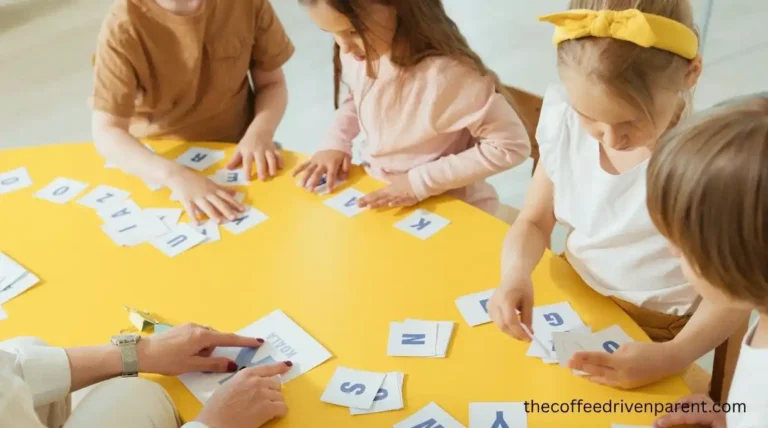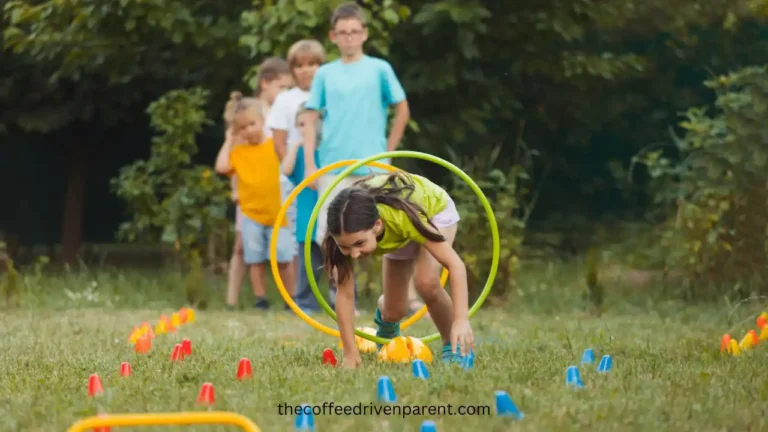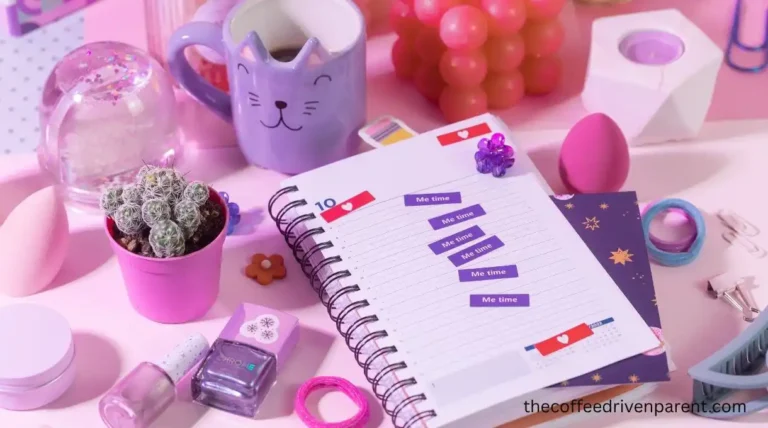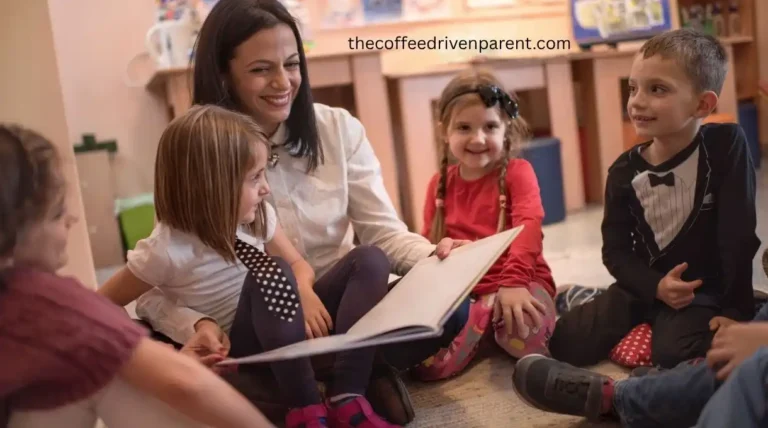Why Is Moon Phase Journaling a Fun and Educational Activity for Kids?

Moon phase journaling is a wonderful activity for kids to connect with nature, explore science, and even foster creativity. In this article, I’ll guide you through how to incorporate moon phase journaling into your child’s routine, and why it’s beneficial for their growth. I’ll break it down into easy-to-follow steps, address any concerns, and show you why moon phase journaling is more than just a fun activity , it’s an educational tool that engages kids in science and reflection.
Table of Contents
Why Are We Overlooking the Power of the Moon?
In today’s world, children often miss out on outdoor learning. Between school, screen time, and structured activities, they have fewer opportunities to observe nature and learn through direct experience. Did you know that the moon has a profound influence on our planet? Its phases affect everything from tides to plant growth. However, kids rarely pay attention to this fascinating celestial body unless it’s a part of their formal education.
Children’s minds are naturally curious, but we often overlook natural phenomena like the moon when teaching them about the world. The moon is an accessible and captivating subject, and yet many children are not encouraged to study or observe it regularly.
What’s Missing in Their Learning Experience?
If your child isn’t learning about the moon or the stars, they might be missing out on a valuable opportunity for scientific and personal growth. You might feel overwhelmed trying to find ways to nurture your child’s curiosity in the sciences or looking for ways to engage them in activities beyond screens.
Moreover, many activities we introduce to kids only teach them information passively. Without applying that knowledge, it’s harder for them to retain and understand the significance of what they’re learning. What if there was a way to help them connect their newfound knowledge with their daily lives? That’s where moon phase journaling comes in.
Moon phase journaling allows children to track the moon’s cycles, observe how it changes, and relate those observations to their own lives. This form of journaling encourages kids to record their thoughts, feelings, and observations over time, helping them develop self-reflection skills while connecting with nature. It also opens up a world of learning that is both fun and informative.
How Moon Phase Journaling Benefits Kids
What Is Moon Phase Journaling?
Moon phase journaling is simply the practice of tracking the moon’s phases over the course of a month (or longer). Your child can record the phase of the moon each night and write about their observations. It might be about how the moon looks, what it feels like, or even what’s happening in the world around them during that time.
This can be done with a simple notebook, a few pens, or even digital devices. The point is to observe and document the changes in the moon’s phases, creating a tangible link between the universe and the child’s everyday life.
1. Helps Kids Understand Cycles
The moon goes through eight phases, from the new moon to the waxing crescent, full moon, and waning crescent. By tracking these phases, kids will learn about cycles and patterns in nature. This hands-on learning process helps children understand that cycles are part of everything, whether it’s the moon, the seasons, or their own routines.
If your child records the full moon on the 15th day of the month, they’ll start noticing how it affects their sleep, emotions, or even the environment around them.
2. Improves Observation Skills
Moon phase journaling encourages children to look closely at the world around them. Rather than simply observing the moon passively, kids will become more attuned to how things change over time. This skill is essential for scientific inquiry and everyday problem-solving.
A child might notice that the moon appears brighter or dimmer depending on the phase. They could also observe weather patterns that coincide with the phases of the moon, helping them form connections between nature’s rhythms.

3. Fosters Creativity and Reflection
Journaling is a creative outlet for children. As your child documents the moon’s phases, they can draw, write poems, or simply reflect on what they’re feeling. Encouraging self-expression builds emotional intelligence and communication skills, which are crucial for their social development.
Have your child write about their mood during a particular phase, such as feeling calm under the full moon or energized during the new moon.
4. Connects Kids to Nature
Moon phase journaling also strengthens your child’s bond with nature. It offers an opportunity to step away from technology and reconnect with the natural world. Children can appreciate the beauty and constancy of the moon as they watch it change each night.
Example: You can go outside together each night, and your child can physically observe the moon, noting down the differences in its appearance from one night to the next.
5. Supports Scientific Learning
Learning about the moon’s phases introduces kids to basic astronomy and science. It gives them a solid foundation in understanding the natural world. As they observe the moon’s behavior, they’ll naturally start asking questions about gravity, the Earth, and space.
While tracking the phases, your child might ask why the moon doesn’t shine on its own. This is a great opportunity to explain the concept of reflection in a way that’s easy to understand.
How to Start Moon Phase Journaling with Your Child
- Create a Moon Journal. You don’t need anything fancy. A simple notebook or printable journal page will work. Start by explaining the eight phases of the moon to your child, using visuals to help them understand each phase.
- Pick a Time to Observe the Moon. Set a time each evening to check the moon. Whether it’s right before bed or during dinner, consistency will help children stay engaged.
- Track the Phases. Every night, your child can draw the moon in their journal and note its phase. They can use stickers, draw pictures, or simply write about what they see.
- Encourage Creativity. Let your child use the moon as inspiration for drawing or writing. They could create a story, write a poem, or simply note how the moon makes them feel.
- Discuss Their Findings. After a week or a month, look back at your child’s moon journal together. Discuss any patterns or changes they notice and ask them how the moon’s phases might connect to their daily life.
Start Your Moon Phase Journaling Journey Today
Moon phase journaling is a fun, creative, and educational way to get your child engaged with nature, science, and self-reflection. By observing the phases of the moon, they’ll learn about cycles, observation, and the world around them. Plus, it’s an activity you can enjoy together, creating memories while nurturing your child’s curiosity.
RELATED POSTS
Expert Public Speaking Tips for Kids That Build Real Confidence
5 Must-Try Self Esteem Games for Kids To Replace Screen Time
How “whimsical story ideas FOR kids” Rescue Your Evenings and Grow Young Minds
Frequently Asked Questions (FAQs)
What do I need for moon phase journaling?
You only need a notebook, some pens, and a clear view of the sky to observe the moon.
What ages are suitable for moon phase journaling?
Moon phase journaling is suitable for children of all ages, from 5 years old to teens.
Can moon phase journaling help with emotions?
Yes, observing the moon’s phases can help children understand and express their emotions better.
How do I explain the phases of the moon to my child?
Use simple visuals and break down each phase with easy-to-understand concepts like waxing, waning, new, and full moon.
How long does it take to track the moon’s phases?
It takes about 29.5 days for the moon to go through all its phases.
Can I track the moon’s phases on my phone?
Yes, there are many apps that show the current phase of the moon.
What benefits does journaling bring to kids?
Journaling boosts creativity, improves writing skills, and promotes emotional expression.
How often should my child journal about the moon?
Ideally, children should record the moon’s phase every night, but you can adjust depending on your schedule.
Can moon phase journaling help with school science?
Yes, it’s a great way to make learning about astronomy more interactive and hands-on.
What’s the best time to observe the moon?
The best time to observe the moon is after sunset, especially during the full moon when it’s the brightest






